Digital Azulejos: Time
3D printing, 3D design, data visualization
Digital Azulejos
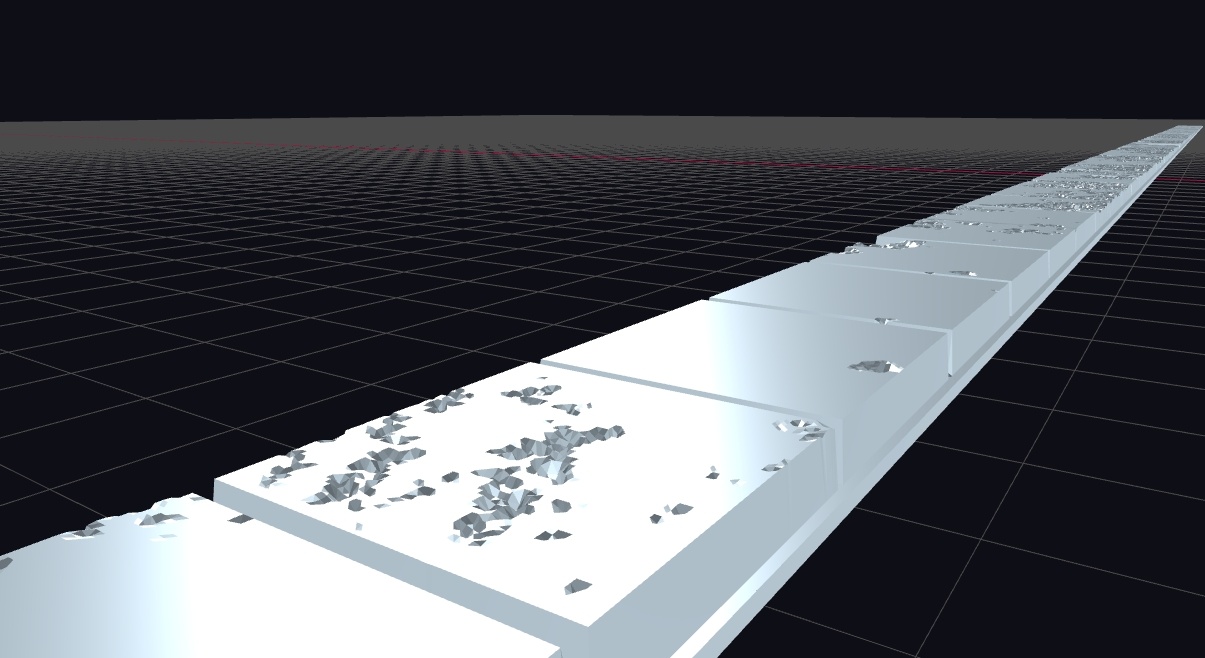
Screen capture of the 3D design
View the design in a virtual 3D space
This project aims to extend the Portuguese tradition of patterned tiles (azulejos) with digital technology. Made using data visualization, 3D design, and 3D printing, the tiles show the passage of time in a unique way.
Visualizing Time

The displacement map (click to see full image)
By a simple sequence of tiles, the impression of the passage of time, the essence of a sequence, is created. The tiles are, from one end to the other, more and more worn and damaged. The effect of the tiles being worn or damaged are created using generative Perlin noise.

Detail of the displacement map (click to see full image)
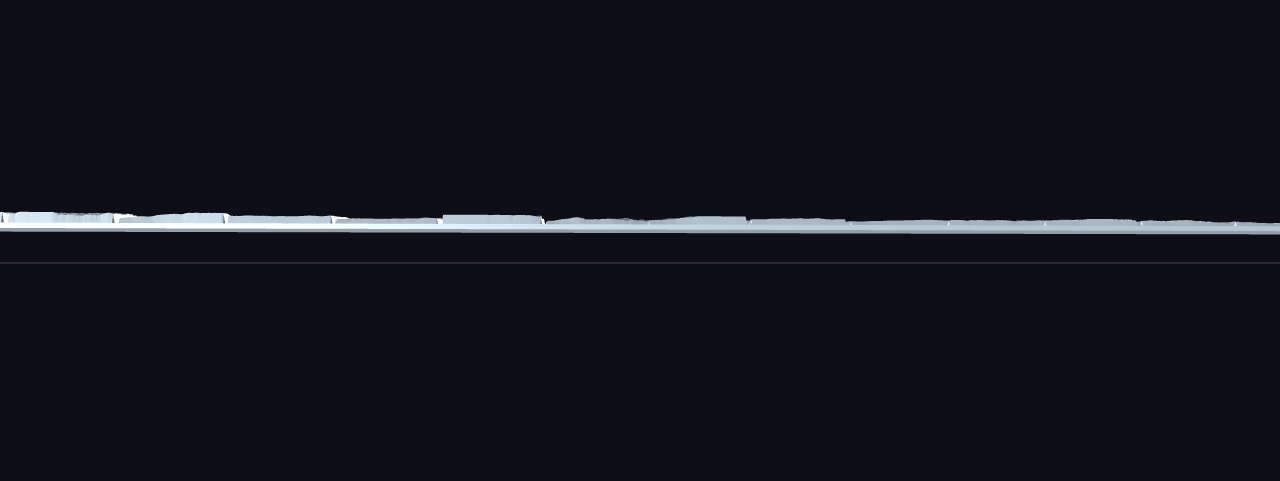
Detail of the 3D design showing the tiles' incremental decrease in height (click to see full image)
Despite the sequential nature of the piece, the texture of the tiles do not get darker, thinner and more and more worn in a linear fashion. Because of the way I programmed the generative algorithm, they do get incrementally worn-out in general, but the individual parameters of the algorithm are somewhat random. Consequently, some tiles closer to the end might be thinner (= darker in the displacement maps), but the dark texture on it is smoother (= blurred in the displacement maps).
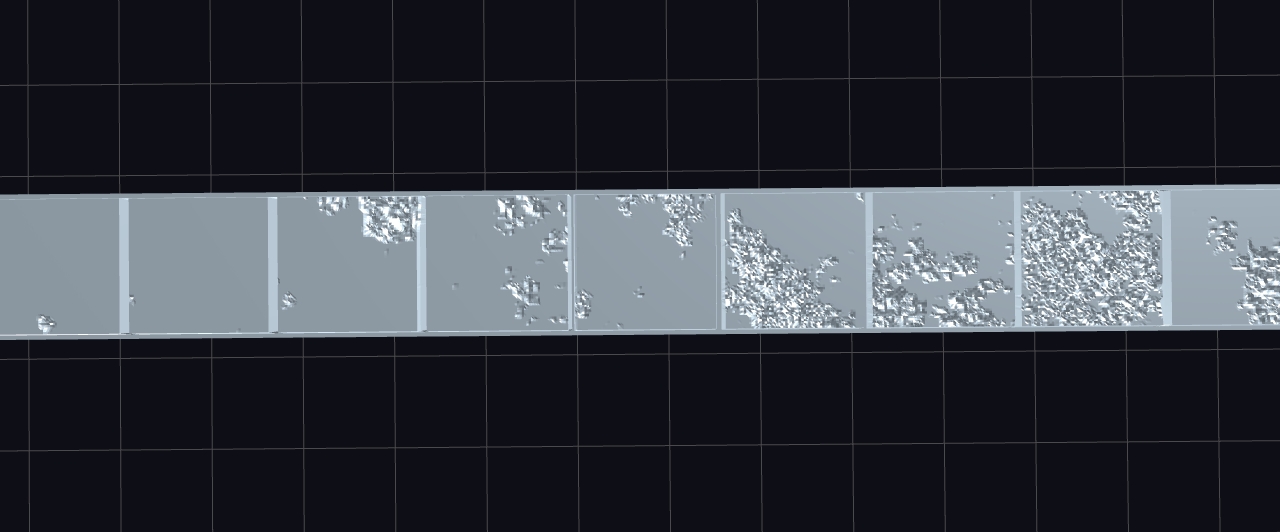
Detail of the 3D design showing the tiles' varying texture
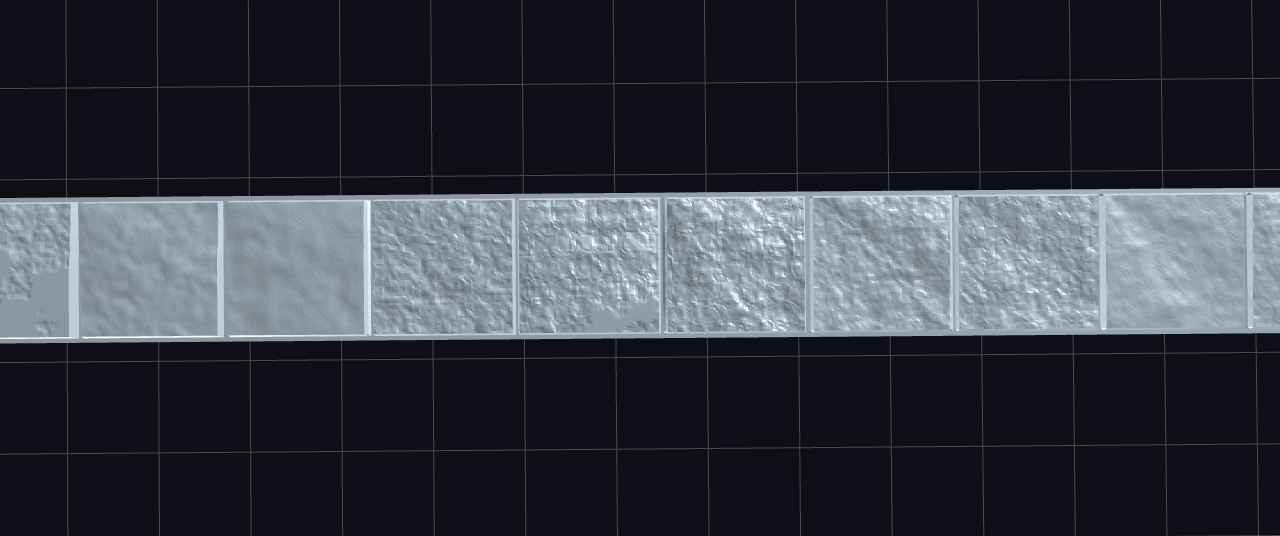
Detail of the 3D design showing the tiles' varying texture
In terms of interpretations, this implies a hopeful view of time passing. It aims to show that while each second may irretrievably pass us by, each second has its own individual reality and possibility.
Urban Experience
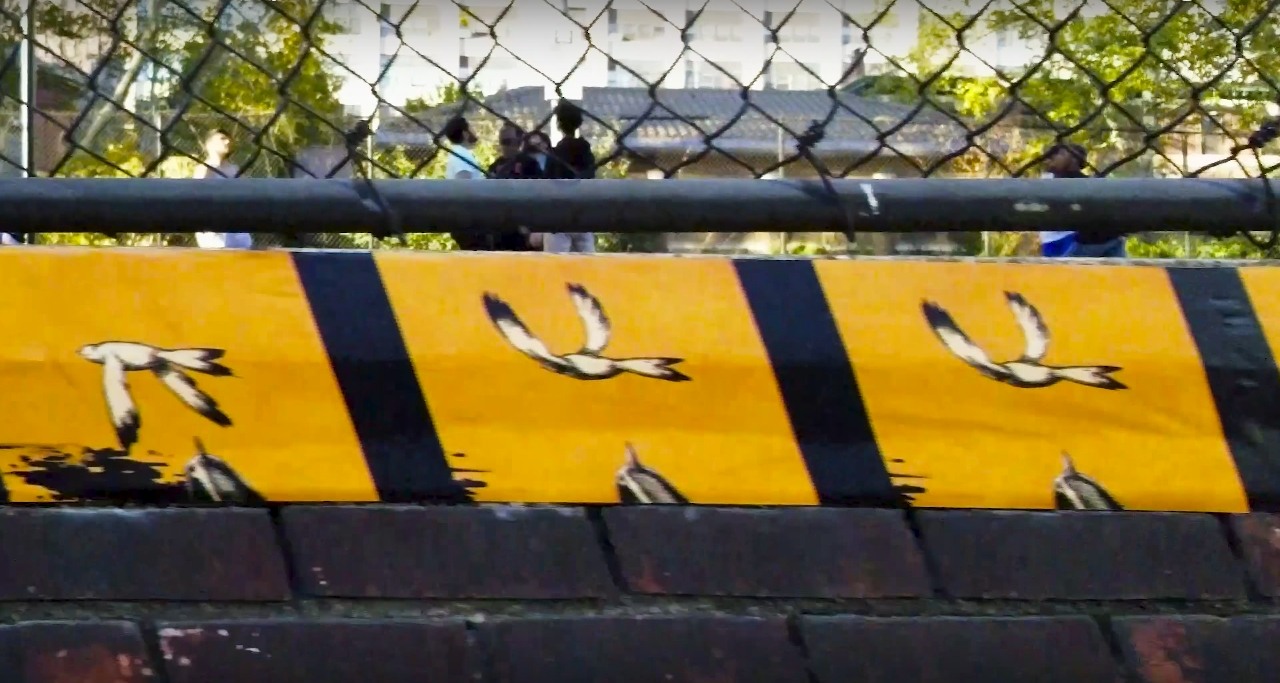
Screen capture of a wall animation in Max Joseph's video From Dream to Reality
This project would be best made and installed in a public space. For instance, on a wall in a busy city street, where people would pass it by every day. With the changing position of the Sun and the varying lighting conditions of the street and the changing seasons, it would seem a different at any given hour on any given day or month. Moreover, as shown in the images above and below, people would have the experience of seeing an animation when passing by it from either direction. This would create an engaging experience for passive passers-by and might prompt some of them to observe actively.
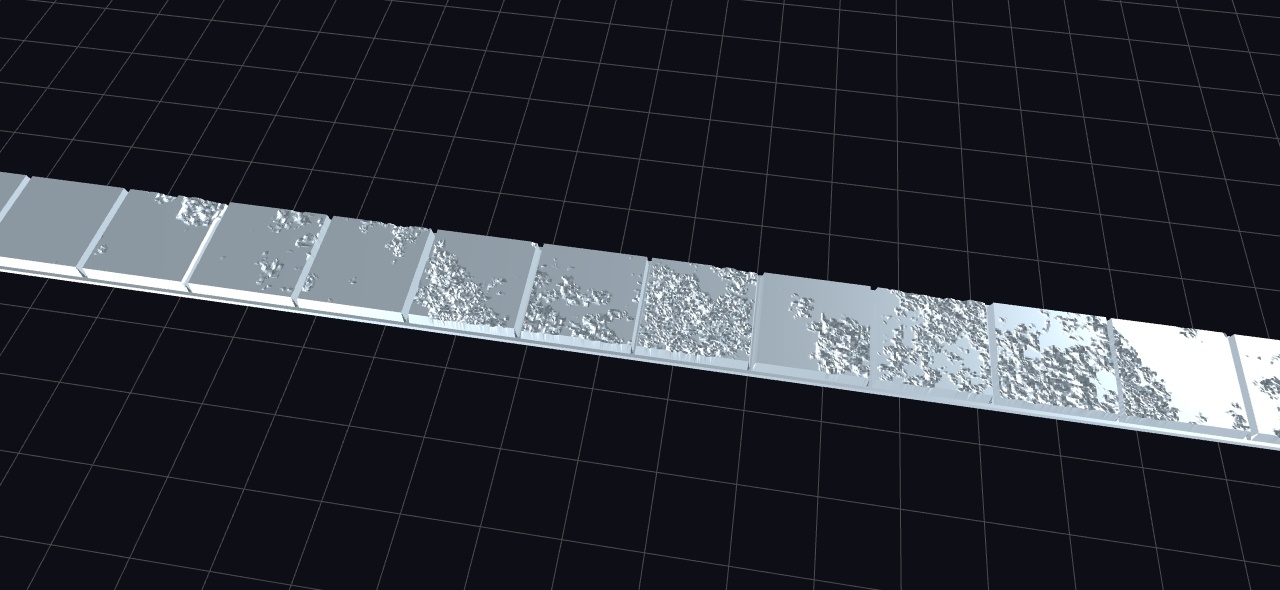
Detail of the 3D design showing the sequence of tiles
I plan to use the three-dimensional shape and texture of the tiles to give it form and tone. Consequently, the tiles would be made of a single-colour material, such as jesmonite, as used in the prototype of my previous digital azulejos, or another concrete-like material.
Project Information
The tiles are generated using code and are fine-tuned in a 3D design software. In the prototyping and making process, they would be prepared digitally for 3D printing, CNC routing, or another relevant process.
This project is the continuation of the concept I developed in my first Digital Azulejos project, where I used the azulejo format to design a novel public tile sculpture as a data visualization of Portuguese speakers around the globe. The digital azulejo is an ongoing format I periodically return to and develop further.